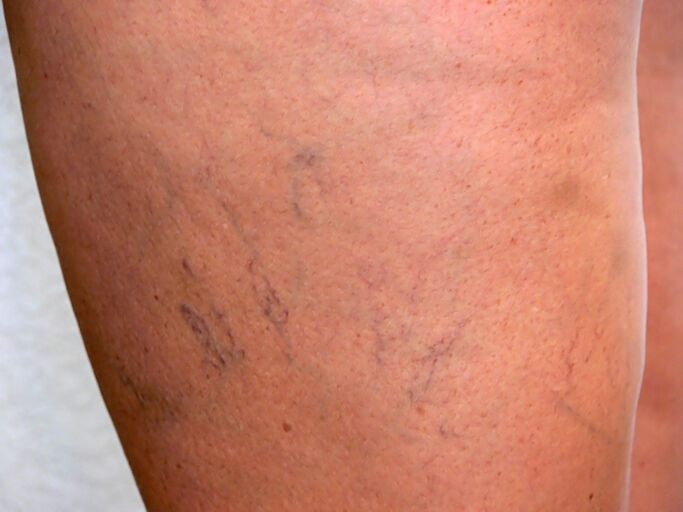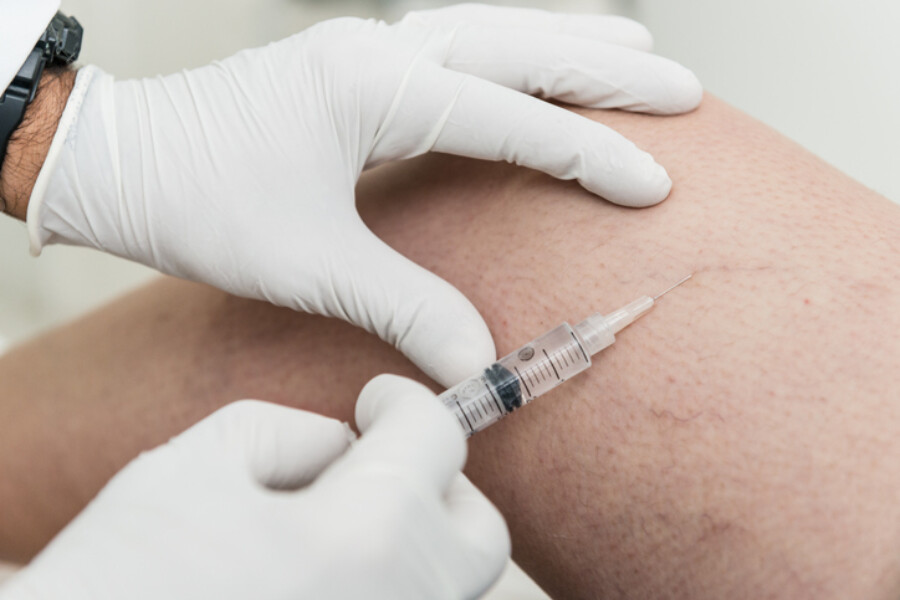
Everything You Need to Know About Spider Veins
Spider veins are more than a cosmetic issue, they indicate a breakdown in your circulatory system. We discuss everything you need to know when spider veins appear.

Sclerotherapy is a practically painless treatment for varicose veins. Knowing what to expect from this outpatient procedure will help you feel even more confident and comfortable with your vein care.
If you’re researching spider vein or varicose vein treatment, you’ve probably seen the term sclerotherapy. For many years, sclerotherapy has been a standard therapy for eliminating the pain and unsightly appearance of spider veins and varicose veins.
Even though sclerotherapy is a minimally invasive surgical procedure, there are a few things you’ll need to know about your brief recovery period. Below are the details about what you can expect before, during, and after your sclerotherapy procedure.
After examining your veins, your vein specialist will decide if sclerotherapy is right for you. While sclerotherapy is widely used to treat both spider veins and smaller varicose veins, your vein doctor may choose another treatment option based on your individual needs.
If you take aspirin, ibuprofen, naproxen sodium, or blood thinners, your doctor will advise you to pause taking them before undergoing the procedure. You should also refrain from taking antibiotics and Prednisone. Antibiotics may lead to skin discolorations, while Prednisone may interfere with the sclerosing agent.
In addition, avoid applying lotion or shaving the area before the procedure. While an allergic reaction to the sclerosing agent is rare, your doctor will test your skin to see if you have any negative response to the solution.
At the start of the procedure, the doctor will disinfect the skin before inserting a needle into the vein. Because the needle is so thin, you won’t need anesthesia. Your doctor will find the affected vein either visually or guided by ultrasound. As the needle goes into the vein, you may feel a slight stinging sensation.
A liquid or foam saline solution will enter the vein through the needle, irritating the vein walls and causing the vein to scar and collapse. Blood will divert to healthier veins, and the body will eventually absorb the collapsed vein.
Experiencing minor cramping and a burning sensation is entirely normal. The procedure should take at most an hour from start to finish.
After the procedure, your doctor may recommend wearing compression stockings for three to seven days to promote blood flow. While you can return to your routine immediately, you should avoid strenuous exercise for about a week. Walking is acceptable and highly encouraged.
Avoid applying lotion to the site for 48 hours. While you can wash the area with warm water and mild soap, refrain from taking hot baths and exposing it to direct sunlight.
Minor bruising, brown lines, and blood vessels forming around the injection site are common after-effects, but they are only temporary. Rare complications include a clot that may require drainage, slight swelling, and inflammation. Fortunately, over-the-counter anti-inflammatories can take care of most of these side effects. You’ll return to your vein specialist about two weeks after the procedure to check your progress.
Sclerotherapy is a highly successful and routine procedure, and you should see spider veins and smaller varicose veins disappear in three to six weeks. More prominent varicose veins may take three to four months. To eliminate several spider veins or varicose veins, you may need more than one session of sclerotherapy. The good news is that since you’ve been through the procedure once already, you’ll know what to expect the second time! And one thing you’ll know for sure is that it’s quick, and you’ll experience minimal discomfort.
Now that you know all about sclerotherapy, it’s time to make an appointment with a vein specialist at Center for Vein Restoration (CVR). We will discuss your case and guide you through every step of the procedure and recovery.
Contact one of our offices today to schedule a consultation, or call 240-965-3915 to speak to a representative. You may also schedule online at your convenience.